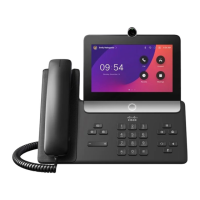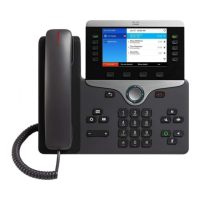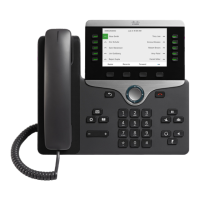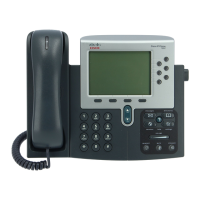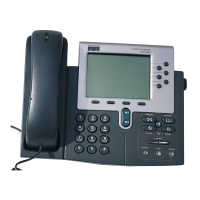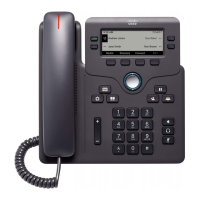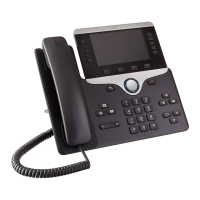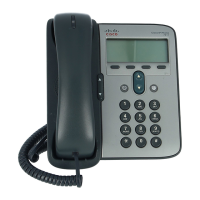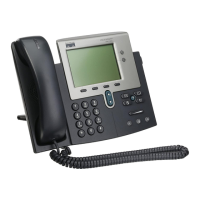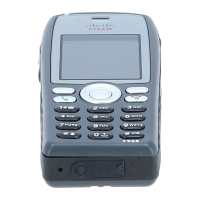Cisco IP Phone 8861 and 8865 Overview
The Cisco IP Phone 8861 and 8865 are the platforms that provide collaboration within enterprises. It brings together the
capabilities of Cisco Unified Communication applications, building upon the solid foundations of Cisco Unified
Communications devices, both wired and wireless.
Cisco’s implementation of 802.11 permits time sensitive applications such as voice and video to operate efficiently across
campus wide wireless LAN (WLAN) deployments. These extensions provide fast roaming capabilities and an almost seamless
flow of multimedia traffic, whilst maintaining security as the end user roams between access points.
It should be understood that WLAN uses unlicensed spectrum, and as a result it may experience interference from other devices
using the unlicensed spectrum. The proliferation of devices in the 2.4 GHz spectrum, such as Bluetooth headsets, Microwave
ovens, cordless consumer phones, means that the 2.4 GHz spectrum may contain more congestion than other spectrums. The 5
GHz spectrum has far fewer devices operating in this spectrum and is the preferred spectrum to operate the Cisco IP Phone
8861 and 8865 in order to take advantage of the 802.11a/n/ac data rates available.
Despite the optimizations that Cisco has implemented in the Cisco IP Phone 8861 and 8865, the use of unlicensed spectrum
means that uninterrupted communication can not be guaranteed, and there may be the possibility of voice gaps of up to several
seconds during conversations. Adherence to these deployment guidelines will reduce the likelihood of these voice gaps being
present, but there is always this possibility.
Through the use of unlicensed spectrum, and the inability to guarantee the delivery of messages to a WLAN device, the Cisco
IP Phone 8861 and 8865 is not intended to be used as a medical device and should not be used to make clinical decisions.
Phone Models
The following Cisco IP Phone 8861 and 8865 models are available.
Below outlines the modes, frequency ranges and channels supported by each model.
A power cube (CP-PWR-CUBE-4=) is required when utilizing the Cisco IP Phone 8861 or 8865 in Wi-Fi mode.
Note: 802.11j (channels 34, 38, 42, 46) are not supported.
Channel 14 for Japan is not supported.
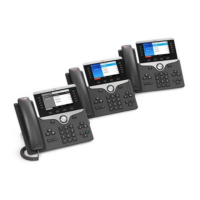
